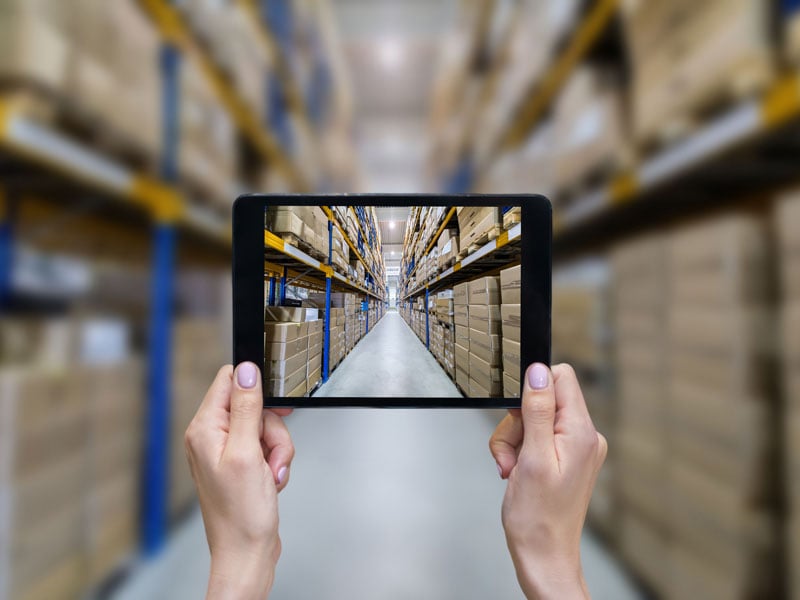Our retail customers are racing to transform their digital and operations capabilities in order to meet evolving customer demand for a more satisfying purchasing experience
Every day, I speak to retailers who are struggling with the disruptive force of e-commerce, which is driving increased use of digital technologies to enhance the in-store experience, better understand and predict customer behaviors and create a more seamless experience for customers moving between in-store and digital channels.
The focus in-store has changed from transactional to experiential. From mobile apps that integrate in-store and digital shopping, to inventory systems that allow retail stores to be used as pickup spots or return hubs for online sales, to mobile point-of-sale systems, a host of technologies are being employed to increase convenience, engagement and sales.
Forward-thinking brands are even rolling out augmented reality to increase store traffic and provide a richer, more interactive experience. One cosmetics brand, for example, has deployed “magic mirrors” that scan the shopper’s face and virtually present multiple makeup options using the company’s products. Another retailer is experimenting with “virtual fitting rooms” as window displays. Using kinetic technology, they allow passersby to see themselves in the store’s featured items before they enter the store.
Retail distribution is undergoing a similar transformation, and in fact, has become the lynchpin in the customer-driven retail organization. Distribution is moving closer to customers and becoming more automated and data-driven to reduce order cycle times and support fast, efficient multi-channel fulfillment.
In each case, the customer experience, driven by smarter use of data, more engaging and interactive technologies and tighter integration between brick-and-mortar and online sales, is at the heart of the digital transformation occurring within retail.
Vertiv recently worked with global media company DatacenterDynamics on a new report, “Into Uncharted Territory: Retail Transformation and its Impact on Digital Infrastructure,” based on conversations with leaders from 50 of the world’s largest retailers. The industry’s transformation is stunning in both scope and intensity.
This transformation is felt most directly in distribution centers that enable streamlined ecommerce activity and in stores trying to better serve a more integrated customer experience. Our research suggests the number of retail distribution centers and warehouses will increase by about 26 percent over the next two years as retail companies increasingly realign operations to meet consumer demand for online retail. A similar trend is anticipated in the data center, where the amount of space dedicated to online retail is expected to increase by 20 percent and space dedicated to distribution/logistics by 10 percent. Conversely, data center resources dedicated to corporate retail operations are expected to decrease by 27 percent.
The customer experience is paramount. The supply chain needs to be faster, more responsive. The Amazon effect means every retailer is going to offer 1-2 day delivery – everything from furniture to cereal.
This presents tremendous opportunities for retailers with the IT infrastructure to support that demand and significant challenges for those who aren’t prepared. With an increasing number of data-hungry devices in logistics and customer-facing operations, retail also presents the perfect environment for growth and development of edge computing.
As retailers evolve towards a more customer-directed business model, the technologies they choose will become increasingly critical to business goals, and power densities across all of their IT spaces will increase.
They are going to move more and more power into the stores, to communicate with customers and drive sales at the point of use. We are starting to talk about the edge in retail, and I’m doing financials around that with my customers – that’s where the dollars are going. Our forecast for the next couple of years shows, probably, two extra dollars going into edge computing and distribution versus one dollar into the data center.
Our research with DatacenterDynamics looked at data centers supporting four main areas of operation within the retail space: corporate operations, on-site stores, online retail and distribution, and warehousing and logistics. Survey questions focused on the impact of industry transformation on the data infrastructure supporting those areas of operation and how retailers are managing this ongoing digital transformation.
The focus on the retail customer experience requires speed and agility across organizations, especially in the application of new technologies. The new business drivers for acquiring physical infrastructure are cost, speed of deployment, and future flexibility. Retailers will turn away from infrastructure that is not easily integrated, scalable or modular.
All of my retailers ask: what are you seeing in the future, are we putting in enough capacity to handle what’s coming? I’m dealing with many of the largest retailers in the United States, and they all want to make sure that whatever they put in, it is expandable.
The pace of transformation at the store level is so fast that large retailers are also turning to partners for comprehensive “white glove” services – the ability to delivery, stage, integrate and install technology – while managing the entire process across multiple locations. Major retailers are dependent on Vertiv to bring total solutions and some have asked us to manage their upgrade projects from concept through installation. We are being asked to be a consultant partner and not just be a supplier of products.
We invite you to share your stories and challenges of retail digital transformation, and visit VertivCo.com/RetailFuture for updates on the future of the retail customer experience.



